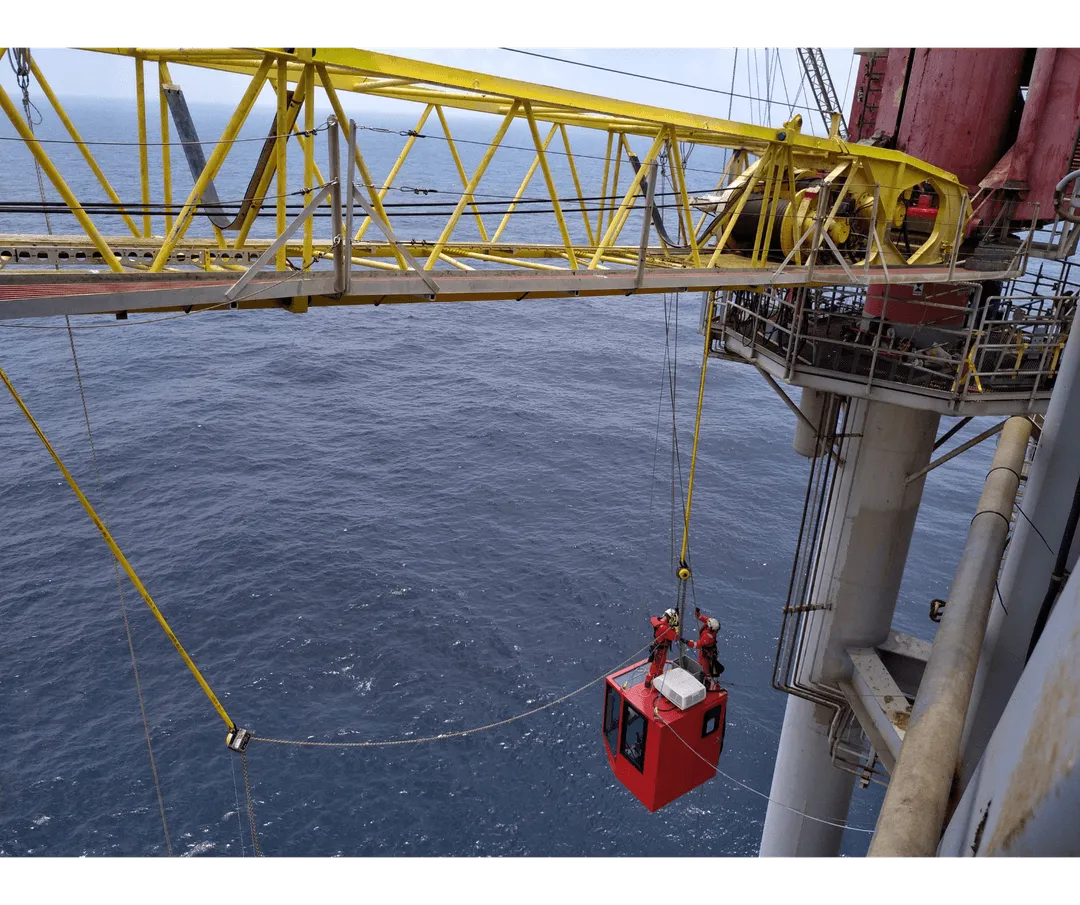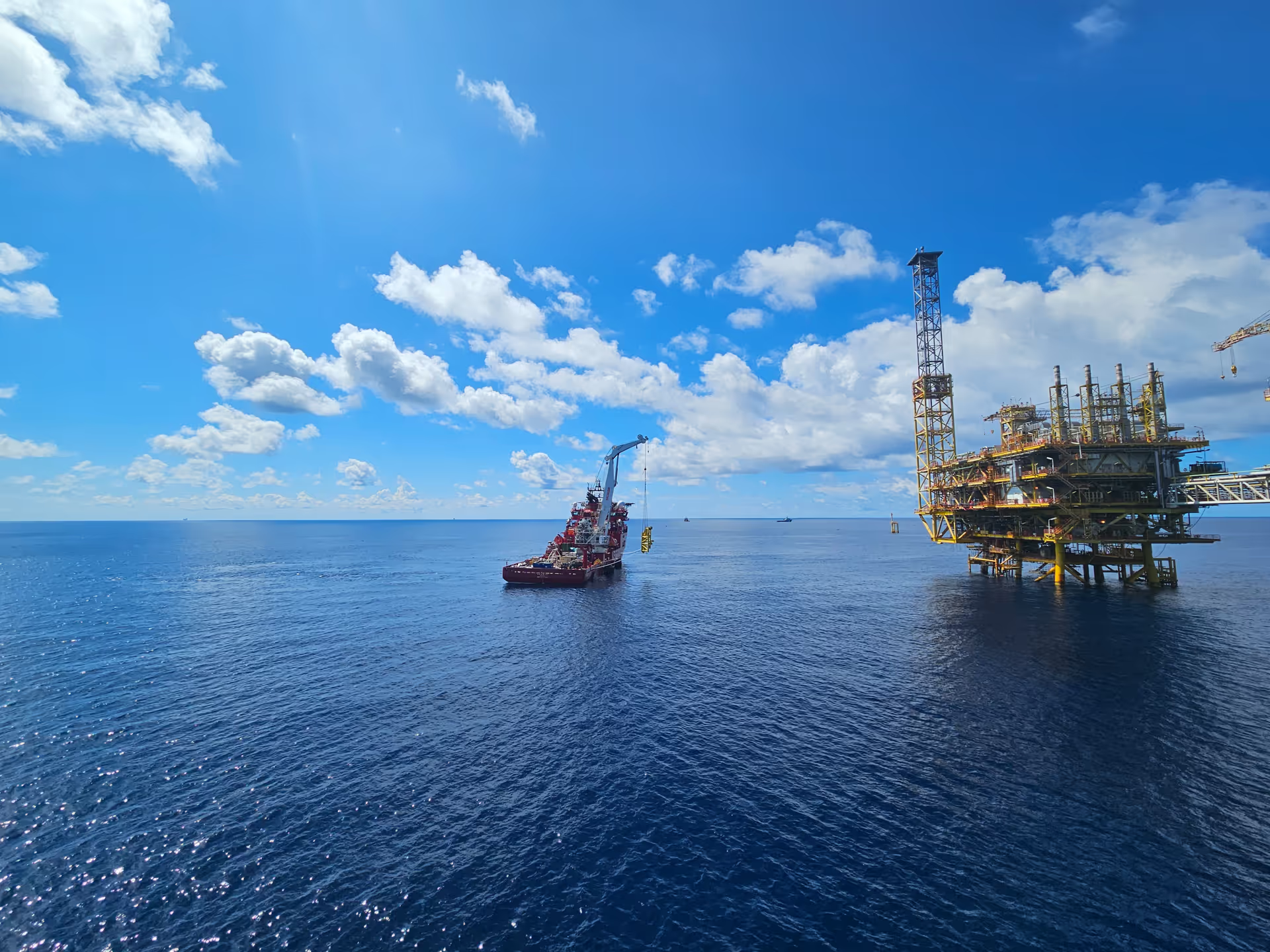
At Conbit, safety has always been more than a priority, it’s a core value. That’s why we were honored to present at the 2025 COS Lifting Incident Sharing Summit, organized by the Center for Offshore Safety. This respected industry event brought together offshore professionals to share lessons learned and promote safer operations across the sector.
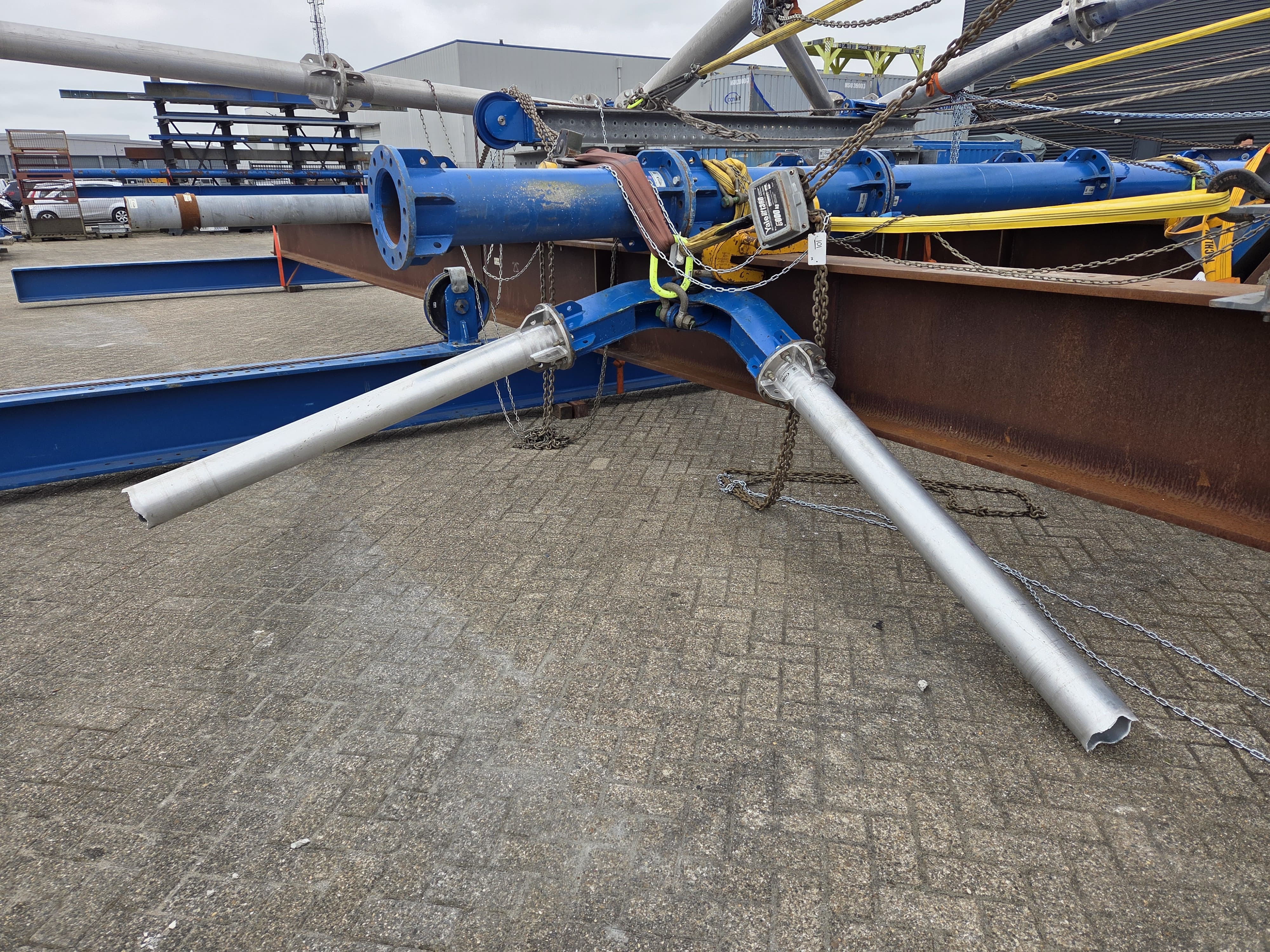
Our presentation focused on a non-fatal load test failure involving a flare tip handling system—an incident that challenged our assumptions and reaffirmed our commitment to rigorous testing and transparent communication. The session was led by Mr. Patrick Heer, Project Manager at Conbit USA Inc., who holds an engineering degree and brings over 15 years of lifting experience. Patrick appreciated the opportunity to share this story with the summit audience, emphasizing the importance of vulnerability and continuous improvement in offshore lifting operations.
A Test That Didn’t Go as Planned
Despite having successfully completed hundreds of load tests, this particular test took us by surprise. We had come to expect these tests to run smoothly—but this time, they didn’t. The failure served as a powerful reminder: modular and temporary lifting systems must be tested at multiple stages during project preparation. These systems, while highly effective, require meticulous attention to detail and validation to ensure safe execution.
Our Response: Swift, Transparent, and Appreciated
Following the failed test, our team responded swiftly and transparently. We communicated openly with the client and implemented corrective measures without delay. The client appreciated our proactive approach and openness—qualities that define our culture at Conbit.
Just weeks later, we successfully executed the flare tip replacement offshore during a high-priority shutdown, completing the project 72 hours ahead of schedule and without any safety incidents. This achievement was formally recognized by our client and stood as a testament to our team’s resilience and professionalism.

Modular Lifting Systems: Versatile and Safe
Conbit’s modular lifting systems have been used for a wide range of offshore applications, including flare tips, crane booms, boat landings, caissons, and cable pulling in splash zones. These systems offered flexibility and efficiency, but their safe use depended on thorough testing and a deep understanding of the operational environment.
Sharing Lessons, Elevating Standards
By presenting this incident at the COS Summit, we aimed to foster a culture of openness and learning. We believed that sharing our experiences—even the difficult ones—helped elevate safety standards across the industry. We remain committed to delivering world-class service to our U.S. clients, and that includes being honest about our challenges and proud of how we overcame them.
We appreciated the opportunity to engage with peers at the summit and continue pushing the boundaries of safe and innovative offshore lifting.
Related Cases
Related Services
Crane Supply
Lifeboat Davit Installation Services
Caisson Replacement Services
Crane Inspections
Crane Services
Offshore Cargo Handling
Decommissioning
Contact
We're here to answer your questions
You can contact us by phone or email. We’re looking forward to your questions!
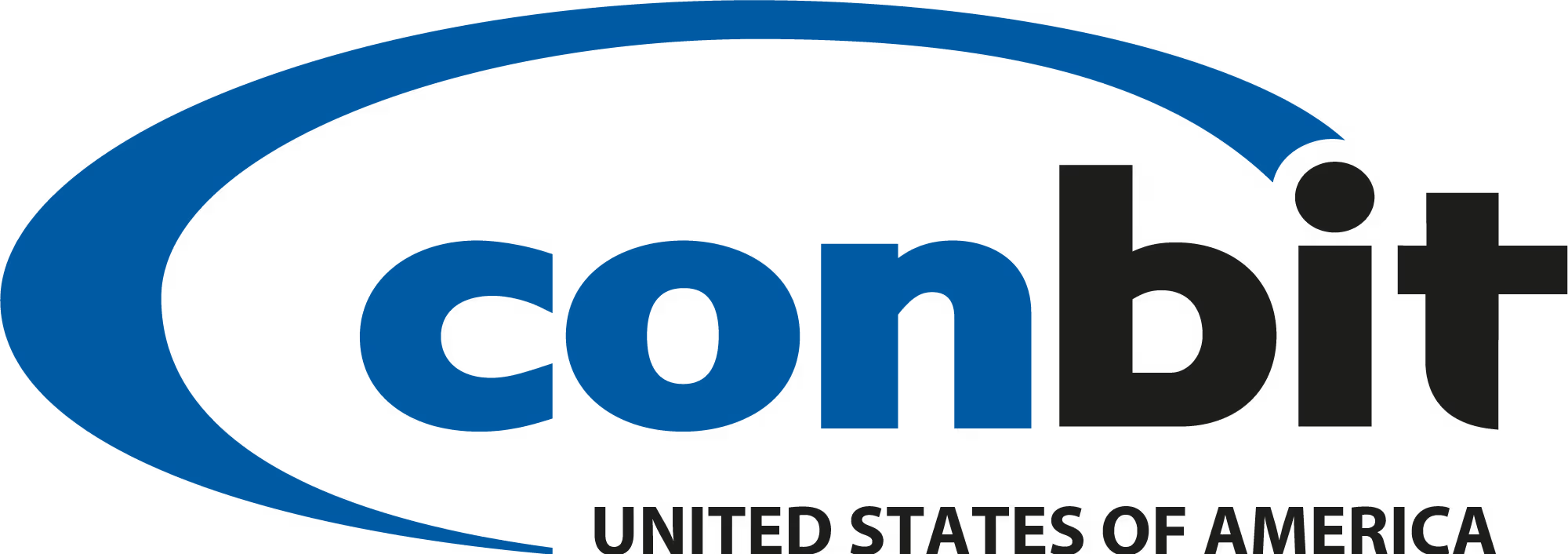

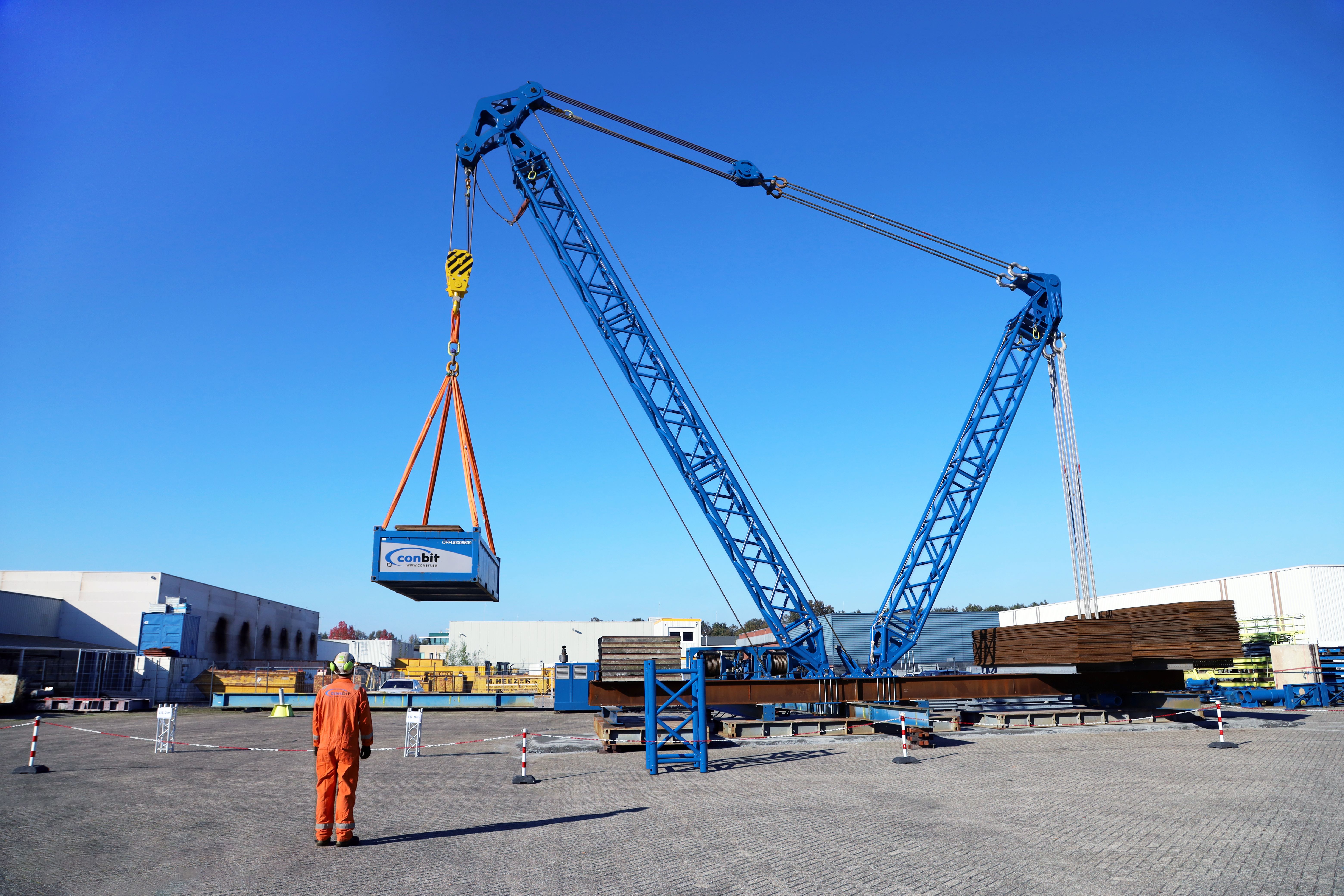
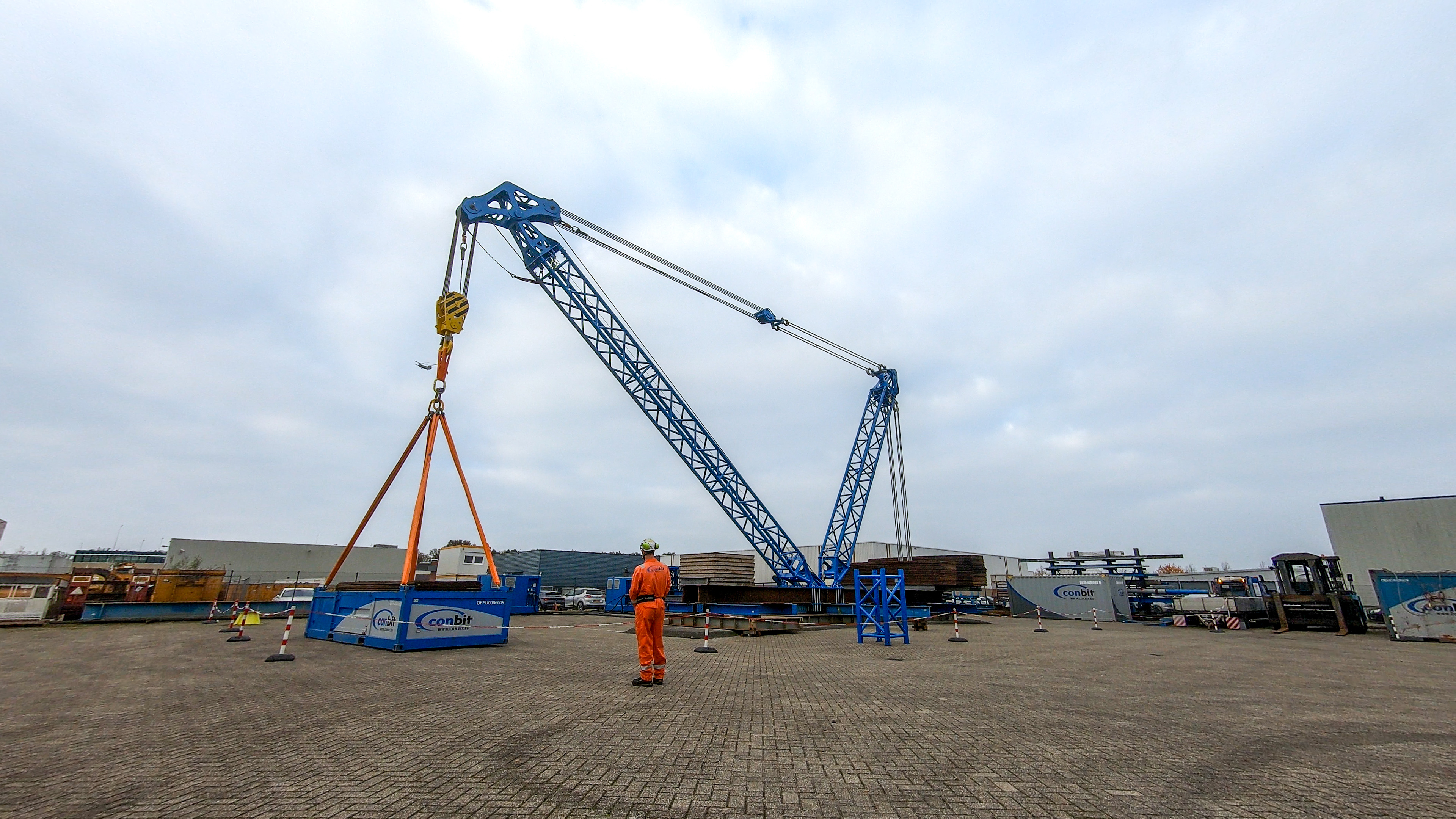
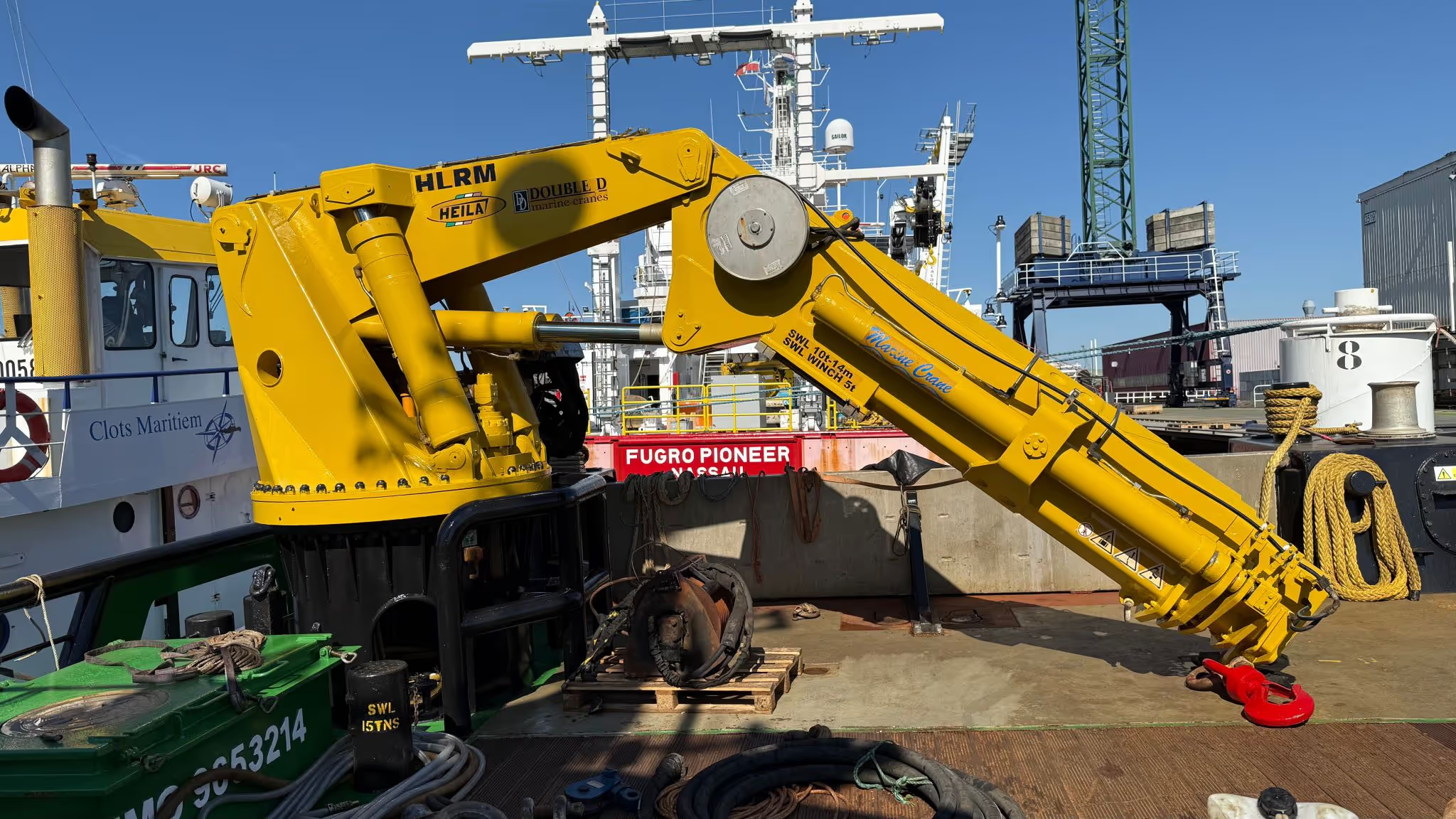
.avif)
